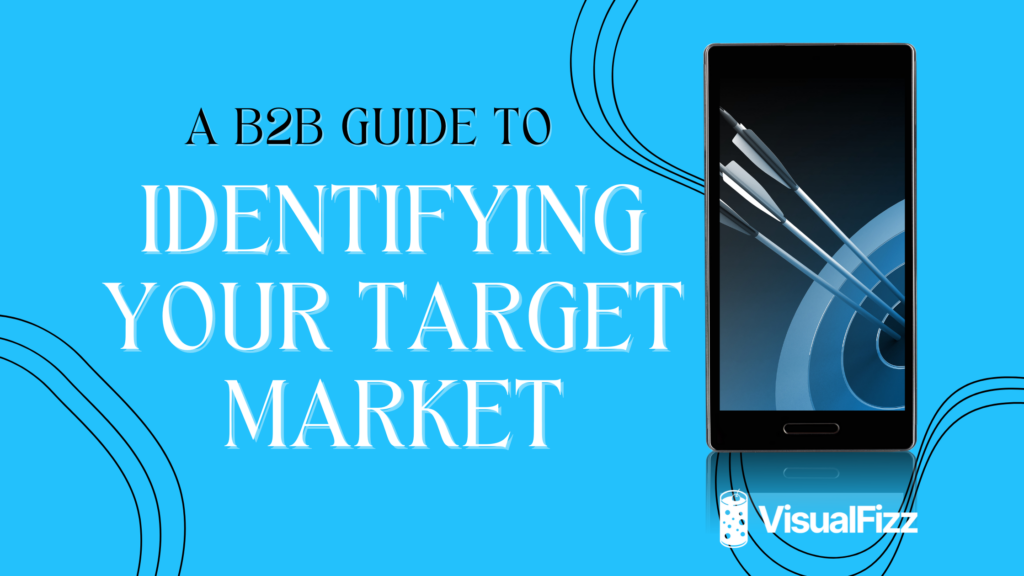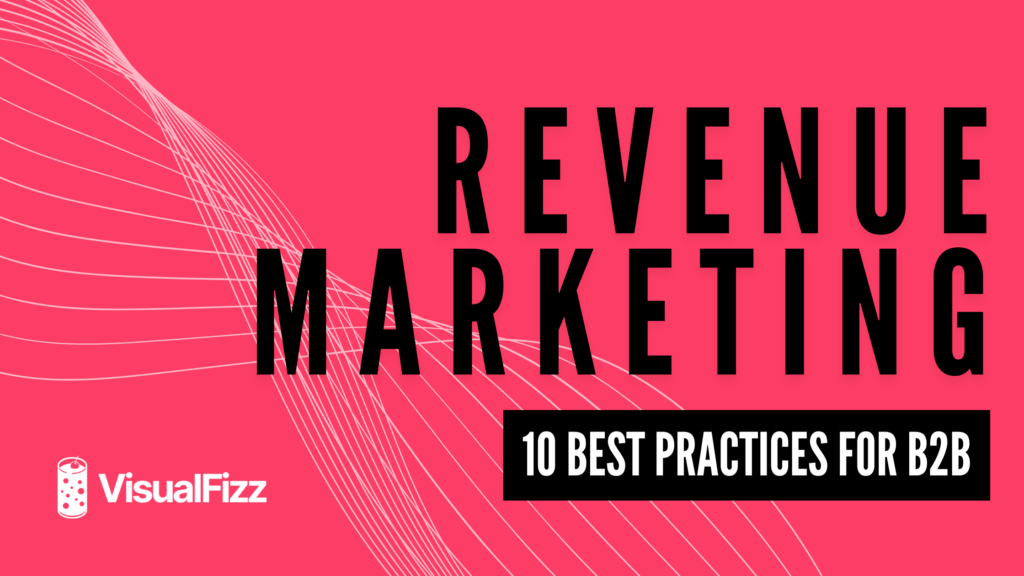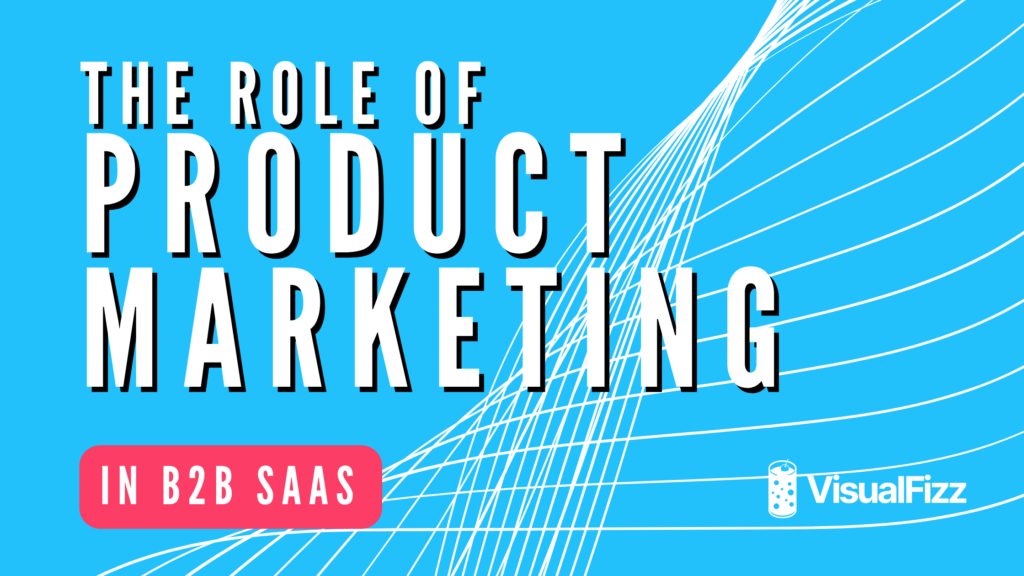
In the B2B world, accurately identifying your target market is essential for creating impactful, tailored marketing strategies. Unlike B2C sales, which often revolve around individual preferences and lifestyle choices, B2B purchases are complex, involving multiple stakeholders, higher budgets, and strategic decision-making. Knowing your target market’s unique characteristics and challenges can mean the difference between closing high-value contracts and missing critical opportunities.
This guide explores the essential steps for defining your B2B target market, from conducting market research to segmenting your audience and developing buyer personas. Gain deeper insights into the ideal client and learn how to craft messaging that resonates with decision-makers. Whether fine-tuning your current strategy or starting from scratch, understanding the target market is a foundational element for B2B success.
TL;DR: B2B Guide to Identifying Your Target Market
Identifying a B2B target market involves understanding companies that are most likely to benefit from your product or service. Unlike B2C, B2B purchases involve multiple decision-makers, larger budgets, and strategic relationships. Here are key steps:
- Conduct Market Research: Use industry data, competitor analysis, and tools like Google Analytics to define your market.
- Segment Your Market:
- Firmographic (company size, industry).
- Behavioral (how companies interact with your product).
- Needs-Based (specific pain points and motivations).
- Develop Buyer Personas: Create profiles based on decision-makers’ roles, challenges, and goals.
- Identify Decision-Makers: Focus on job titles with buying authority and influencers within organizations.
This ongoing process keeps you aligned with your market’s evolving needs, enhancing your B2B marketing strategy. VisualFizz can help create a tailored approach for your business.
Understanding B2B Target Markets
To identify your target market, you need to know who your ideal customers are. In the B2B world, your target market consists of companies that are most likely to purchase your product or service.
These businesses share similar characteristics, such as industry, company size, location, or annual revenue. By focusing on the right market, you can create engaging content that addresses your B2B audience’s pain points and attracts high-quality leads.
It’s important to note that a target market is not the same as a target audience. While both refer to potential customers interested in your offer, the target market is a broader group. The target audience, on the other hand, is a specific segment within that market.
For example, your B2B target market might be mid-sized SaaS companies, while your target audiences could be spread across different locations and industries or vary in revenue.
Key Differences from B2C Markets
B2B and B2C aren’t worlds apart, but there are differences to take note of.
The primary contrast lies in the decision-making process. B2B buyers typically have more comprehensive and layered decision-making processes, often involving multiple stakeholders and decision-makers.
B2C scenarios usually involve influencing a single consumer. In most cases, this is an easier sell.
Additionally, B2B purchases often involve more complex products and services with significantly higher price tags compared to B2C transactions. This complexity means that personal relationships, nurtured through highly tailored campaigns, are more critical in the B2B space.
Conducting Comprehensive Market Research
You can’t have a sturdy foundation for your B2B marketing strategy without rock-solid market research.
To identify your target market, you need to gather and analyze relevant data. Here’s how:
Gathering Industry Data
You can use various tools and resources to gather valuable insights about your industry at large. One effective method is to use business databases, which provide access to a wealth of information about companies, industries, and market trends. (ZoomInfo is one example.)
These databases often include financial data, company profiles, and industry reports. By leveraging this information, you can gain a deeper understanding of your target market’s size, growth potential, and key players.
Use tools like Google Analytics to gather data about your website visitors’ behavior. This can provide valuable insights into your potential customers’ interests and preferences.
Analyzing Competitor Strategies
To stay ahead in the B2B market, you need to understand what your competitors are doing.
Start by identifying your main competitors and analyzing their online presence, including their websites, social media profiles, and marketing efforts.
Pay attention to their messaging, product offerings, and pricing strategies. This analysis can help you identify gaps in the market and opportunities to differentiate your business.
One effective way to analyze competitor strategies is to conduct a SWOT analysis for each competitor. This will help you identify their strengths, weaknesses, opportunities, and threats, allowing you to position your business more effectively.
Segmenting Your B2B Market
To identify your target market, you need to know how to effectively segment your B2B audience.
Segmentation allows you to group your potential customers based on shared characteristics, enabling you to tailor your marketing strategies and messages for maximum impact.
Breaking down your market by industry, company size, or decision-makers helps you craft targeted messaging, but it also guides how you structure data in your CRM.
Properly segmented and enriched CRM data lets you personalize campaigns at scale, making your marketing more effective without being resource-heavy.
Laying this groundwork ensures you know exactly what data to track, so you can easily scale and automate personalized outreach as you grow.
Firmographic Segmentation
Firmographic segmentation is a fundamental approach to dividing your B2B market. This method groups businesses based on shared attributes such as company size, industry type, location, and revenue.
It’s similar to how B2C marketers use demographics, but for organizations rather than individuals.
One advantage of firmographic segmentation is its accessibility and cost-effectiveness. The data is often readily available and relatively inexpensive to collect. This makes it an excellent starting point for B2B marketers looking to understand their target market better.
However, it’s important to note that firmographic segmentation has limitations. Just because two companies share similar attributes doesn’t necessarily mean they have the same needs or buying behaviors.
Making assumptions based solely on firmographics can lead to mistaken conclusions about your customer segments—and these mistakes can be costly!
Behavioral Segmentation
Behavioral segmentation focuses on how companies interact with your product or service. This approach can provide valuable insights into customer engagement, purchase intent, and potential churn risks.
By analyzing behavioral patterns, you can group leads into different categories based on their interactions with your content, website, or product. This information allows you to create more personalized and effective marketing campaigns.
For example, you can track which features customers use most frequently, what challenges they face, and how actively they engage with your product content. This data can help you identify upsell opportunities or address potential issues before they lead to customer churn.
Needs-Based Segmentation
Needs-based segmentation is arguably the most powerful approach to understanding your B2B target market. This method groups customers based on their specific needs, pain points, and motivations.
To implement needs-based segmentation effectively, you need to combine qualitative and quantitative data. Conduct in-depth interviews with customers to understand their challenges and goals. Then, use surveys or other quantitative methods to measure the prevalence and importance of these needs across your target market.
One effective technique for needs-based segmentation is stack ranking. This method compares pairs of need statements and ranks them in order of importance according to participants’ votes. By analyzing these results, you can identify the highest priority needs for different segments of your market.
Needs-based segmentation shouldn’t exist in isolation.
To make your segments actionable, combine this approach with firmographic or behavioral data. This combination allows you to understand what your customers need and how to identify and reach them effectively.
Developing Buyer Personas
You can think of buyer personas as semi-fictional representations of your ideal customers (based on market research and real data about your existing customers).
When developing B2B buyer personas, focus on gathering detailed insights beyond basic demographics.
- Collect data from surveys, interviews, and feedback from your sales and customer success teams.
- Identify the role your persona plays in the buying process, their key challenges, motivators, and company goals.
Understanding these details will help you create targeted, personalized marketing campaigns that resonate more effectively with your ideal customers.
Identifying Decision Makers
When identifying your target market, one of the most important steps is to pinpoint the right decision-makers within an organization.
B2B buying often involves multiple stakeholders, each with varying degrees of influence. To accurately identify your target market, it’s essential to know who holds the authority to make final purchasing decisions.
Focus on job titles like CEO, CFO, CIO, CMO, or VP of Sales, as these often signal decision-making power.
At the same time, don’t forget about influencers within the company—those who might not make the ultimate call but can still heavily sway the decision.
For example, a Marketing Manager might not have the final authority to approve a large software purchase, but they can heavily influence the decision by presenting research, advocating for specific features, or showing how the solution aligns with the company’s marketing goals. Their input can be pivotal in shaping the opinions of higher-level executives, like the CMO or CEO, who will ultimately make the final decision.
When building your buyer personas, be sure to include details about each person’s role in the buying process and how much influence they wield.
This insight will allow you to craft tailored messaging for every stakeholder, ultimately improving your chances of success in the B2B sales cycle.
Understanding Pain Points
When creating your buyer personas, identify specific pain points related to productivity, financial concerns, internal processes, and support needs.
Consider questions like:
- What problem is your ideal customer facing that your product can solve?
- What are their goals, and how can your solution help them achieve those objectives?
- What fears or challenges are keeping them up at night?
Identifying Your Target Market Isn’t a One-And-Done Process
To stay ahead in your industry, you need to keep refining your understanding of your target market. By staying on top of industry trends and keeping tabs on your customers’ evolving needs, you’ll be well-positioned to adapt your strategies and keep your business thriving.
So, roll up your sleeves and get to know your ideal B2B customers—it’s the key to unlocking your company’s full potential.
Need support with your B2B marketing strategy? Our experts at VisualFizz would love to chat with you. Contact us for a consultation.
Publishing Date:







